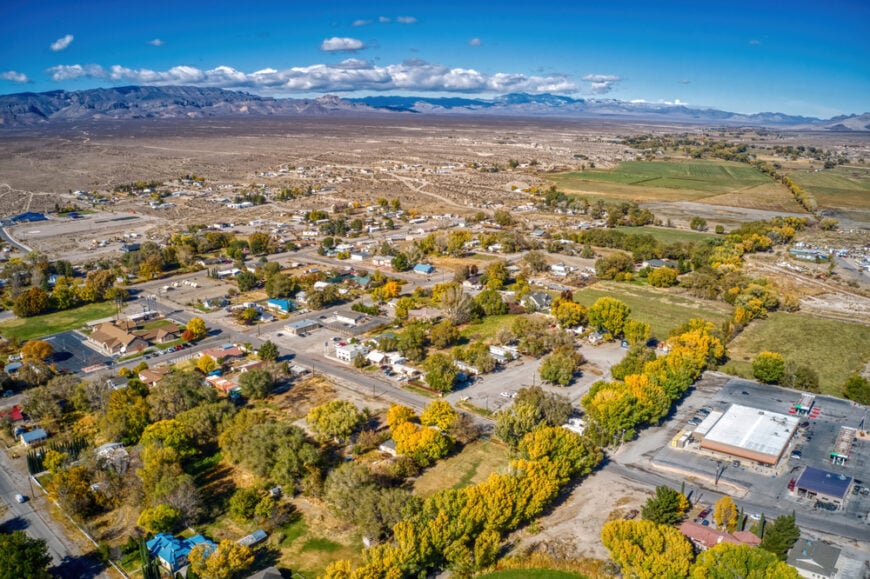
Pahranagat Valley unfolds like a desert dreamed up by quiet minds—lush where it should be dry, hushed where others might expect spectacle. This ribbon of green through southern Nevada shelters towns like Alamo and Caliente, where community is less about population and more about presence.
Days stretch long and clear here, edged by cottonwoods and creosote, by springs that draw cranes and owls from far distances. In Panaca, mornings begin with sunlight slanting across old porches and end with the scent of mesquite drifting from backyards. People don’t just live here—they settle in, listen longer, look closer.
The valley’s name, “Pahranagat,” comes from a Southern Paiute word meaning “valley of shining waters”—an apt description for a place where spring-fed wetlands break the desert spell. You’ll find no rush here, no glare, just a sequence of places stitched together by time and terrain: Groom Lake’s dry mystery, Pioche’s hillside legacy, Rachel’s open-sky curiosity. These aren’t towns chasing relevance; they’re holding their own rhythm, content and self-aware.
10. Groom Lake
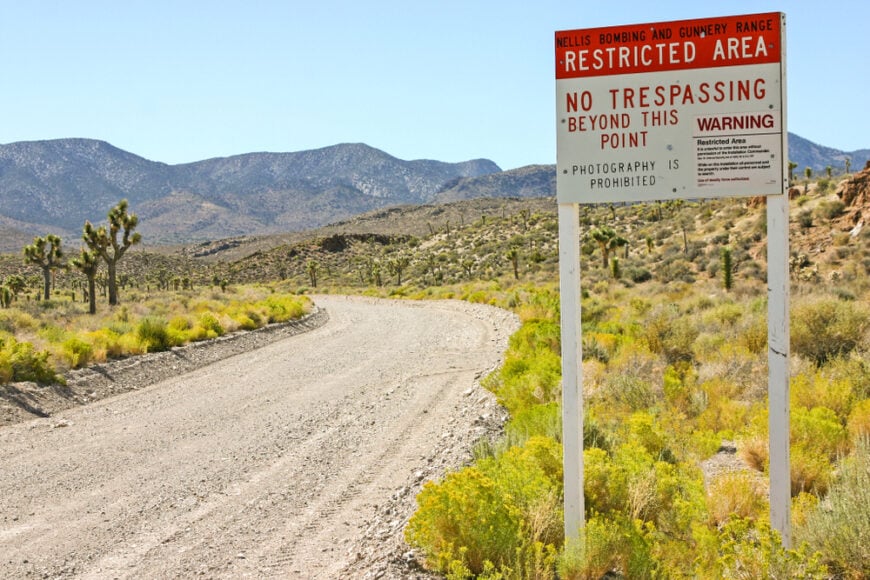
Groom Lake is a remote area in Nevada’s Pahranagat Valley, known for its vast, dry lake bed and the secrecy surrounding the adjacent military installation, often referred to as Area 51. With no permanent population, the area is shrouded in mystery and intrigue, making it a unique destination for those fascinated by aviation history and folklore.
Visitors can explore the surrounding desert landscapes, enjoy stargazing under some of the darkest skies in the country, and visit viewpoints near the perimeter of the restricted area. There are no industries or developments here, which enhances its seclusion and untouched natural state. The lack of facilities and the region’s isolation contribute to its allure as a secluded spot steeped in mystery.
Where is Groom Lake?
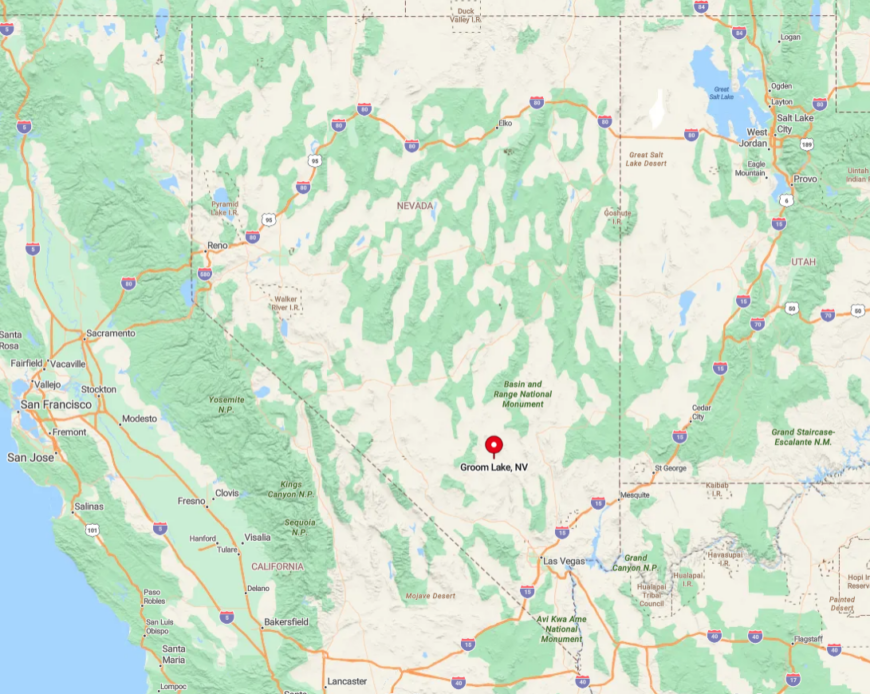
Located in the southern part of Pahranagat Valley, Groom Lake sits within the Nevada Test and Training Range, far from major highways and towns. Its seclusion is heightened by the restricted access and limited information available about the area.
Reaching Groom Lake involves traveling through stretches of desert along State Route 375, also known as the Extraterrestrial Highway, due to the area’s association with UFO folklore. The remoteness and limited accessibility make Groom Lake a destination for the curious traveler seeking to experience one of Nevada’s most enigmatic locations.
9. Panaca
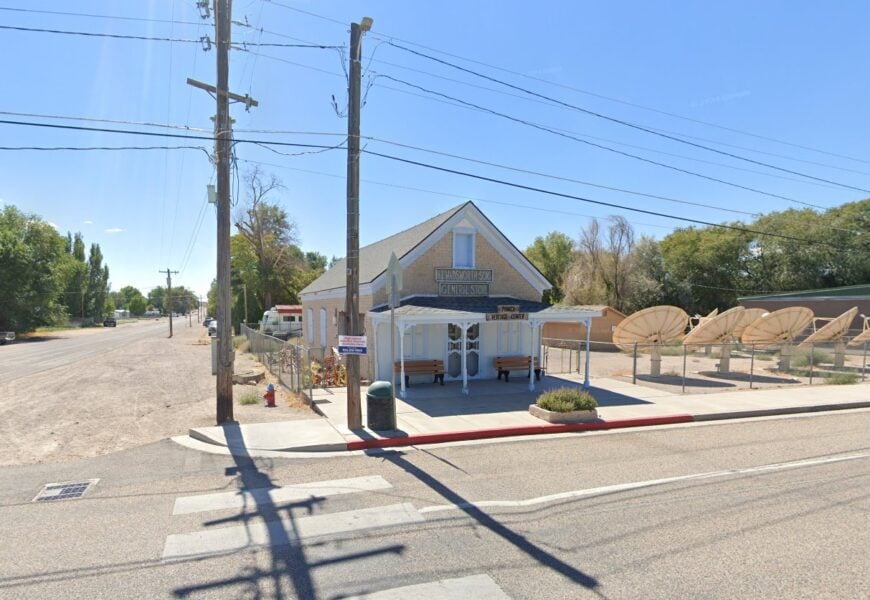
Panaca is a peaceful town with a population of approximately 1,000 residents, making it one of Nevada’s oldest settlements. Known for its strong sense of community and rural charm, Panaca offers visitors a glimpse into the state’s pioneer past. Activities in and around the town include exploring the nearby Cathedral Gorge State Park with its dramatic clay formations, hiking, and enjoying the tranquility of the countryside.
Agriculture remains a mainstay of the local economy, with ranching and farming contributing to the town’s livelihood. Panaca’s remote location and small size make it a secluded haven for those looking to escape the fast pace of city life.
Where is Panaca?
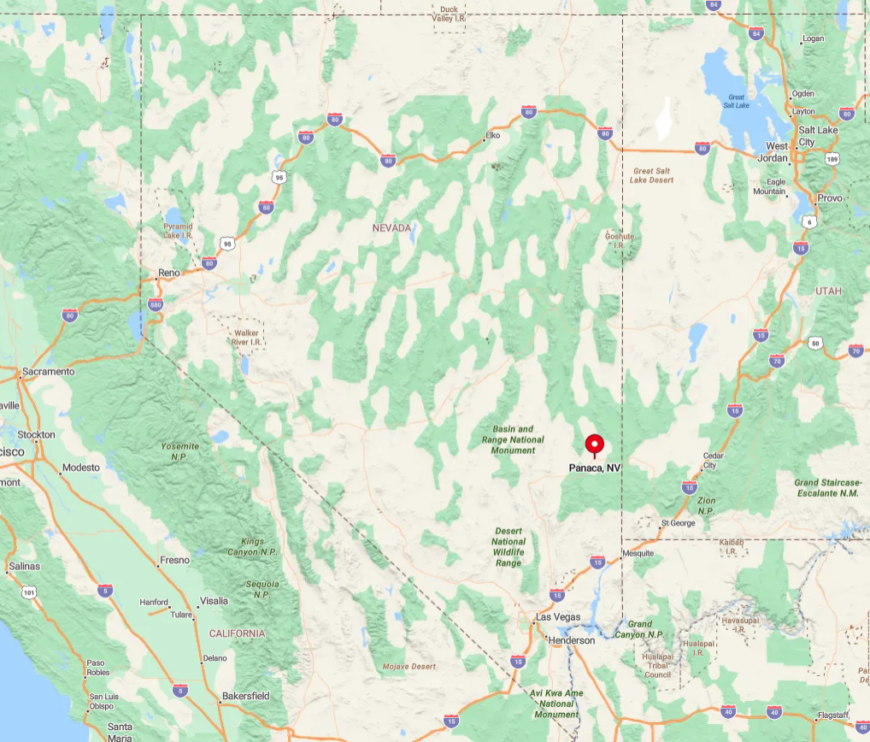
Nestled in the eastern part of Pahranagat Valley, Panaca is close to the Utah border, emphasizing its secluded position in Nevada. Its distance from major urban centers adds to its quiet atmosphere, with the nearest significant town being several miles away. Travelers can reach Panaca by taking U.S. Route 93, journeying through scenic landscapes and open roads. The town’s isolation is part of its appeal, offering a serene environment surrounded by natural beauty and a rich historical backdrop.
8. Pioche
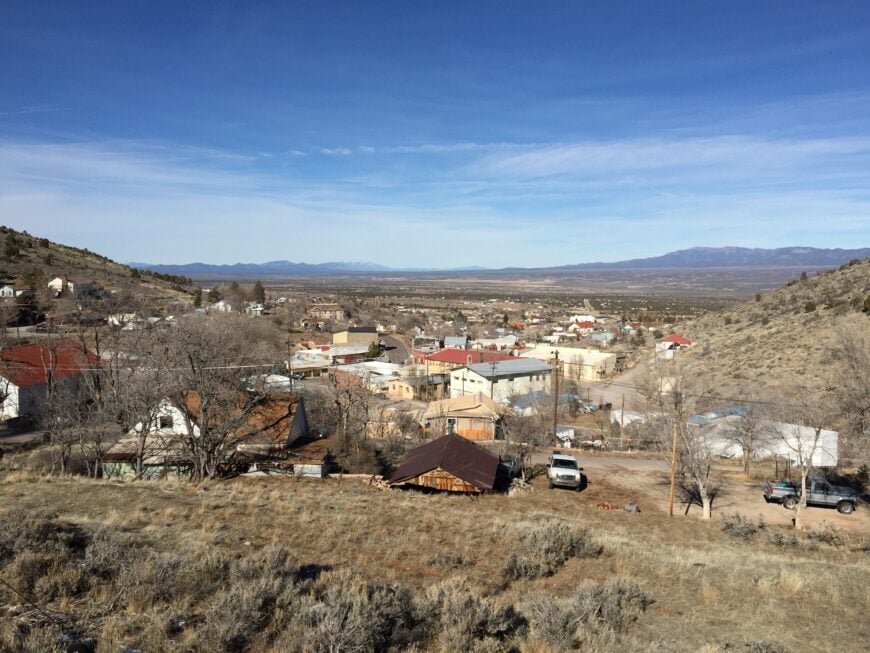
Pioche is a historic mining town perched on a hillside, boasting a population of about 1,000 people. Renowned for its Wild West past, Pioche was once one of the roughest towns in the American West during the silver mining boom. Visitors can explore the preserved heritage sites, including old mines, the Boot Hill Cemetery, and the Overland Hotel.
The town offers panoramic views of the surrounding mountains and desert, making it a picturesque destination for history buffs and photographers alike. Mining and tourism are central to the local economy, maintaining the town’s rustic charm. Pioche’s elevation and remote location contribute to its seclusion, offering a quiet retreat steeped in Nevada’s storied past.
Where is Pioche?
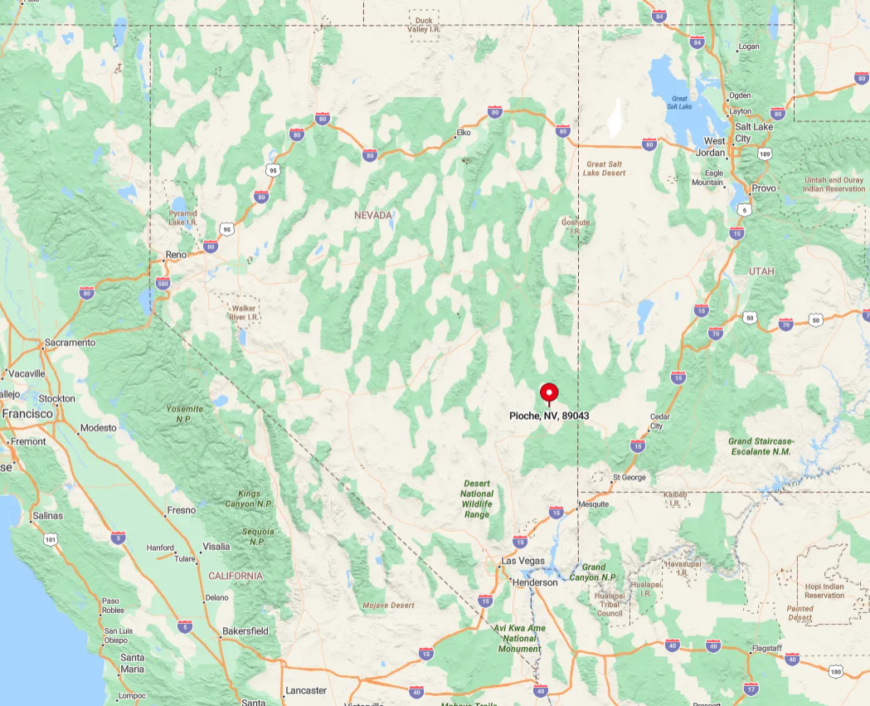
Situated in northeastern Pahranagat Valley, Pioche is accessible via U.S. Route 93 and State Route 321. Its hillside location provides sweeping vistas and a sense of isolation from the bustle of larger towns. The remoteness is accentuated by the winding roads and rugged terrain leading to the town.
Travelers seeking to reach Pioche will enjoy a scenic drive through high desert landscapes, making the journey part of the experience. The town’s seclusion offers visitors a chance to step back in time and enjoy the unspoiled beauty of Nevada’s countryside.
7. Caliente
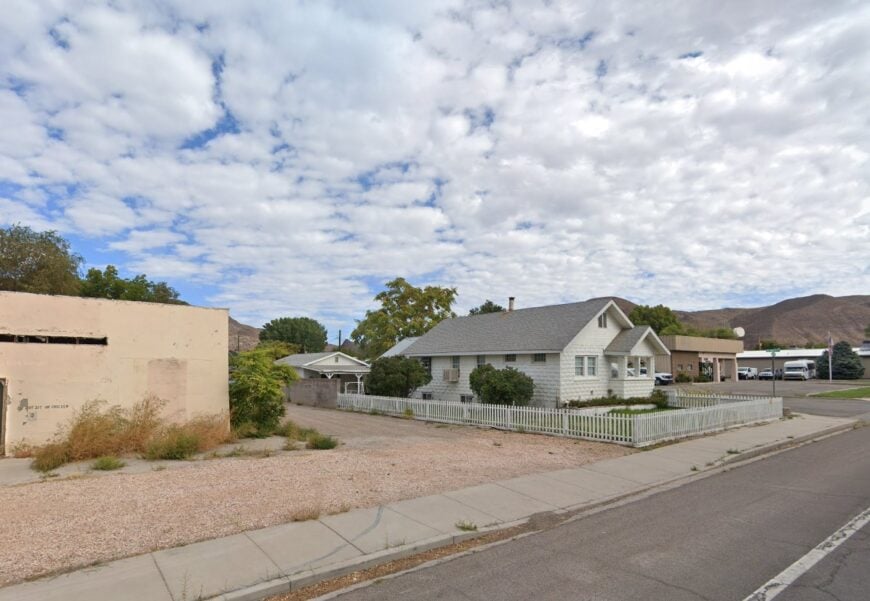
Caliente, with a population of approximately 1,100 residents, is a secluded town known for its historic railroad architecture and scenic mountain backdrop. The town’s name, meaning “hot” in Spanish, reflects the warm springs found in the area.
Visitors can explore the Mission Revival-style train depot, now serving as a museum and cultural center, or venture into the nearby Kershaw-Ryan State Park for hiking and picnicking amidst vibrant gardens and natural springs.
The railroad history and outdoor recreation are central to Caliente’s character and economy. Its location amid rolling hills and sparse development enhances its secluded atmosphere, offering a peaceful retreat with a touch of historical charm.
Where is Caliente?
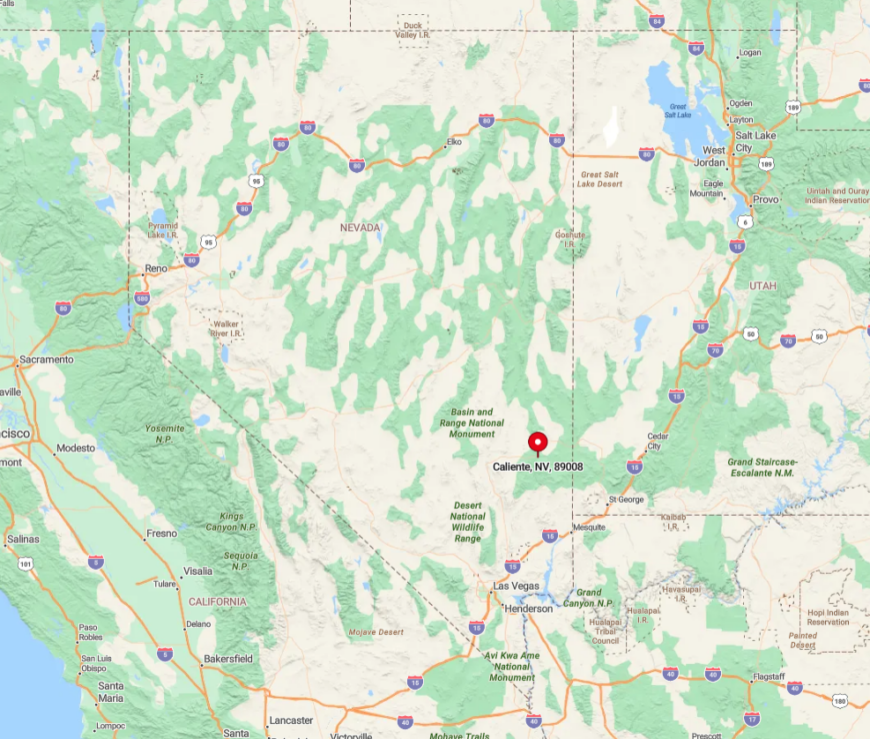
Located in southeastern Pahranagat Valley, Caliente lies along U.S. Route 93, yet remains distant from major urban hubs. The town is nestled in a narrow valley surrounded by mountains, which adds to its sense of isolation. Reaching Caliente involves a scenic drive through desert and mountain landscapes, with the town emerging as a hidden gem along the route.
The remoteness and quiet roads make it an ideal destination for travelers seeking solitude and an authentic small-town experience in Nevada’s less-traveled regions.
6. Tempiute
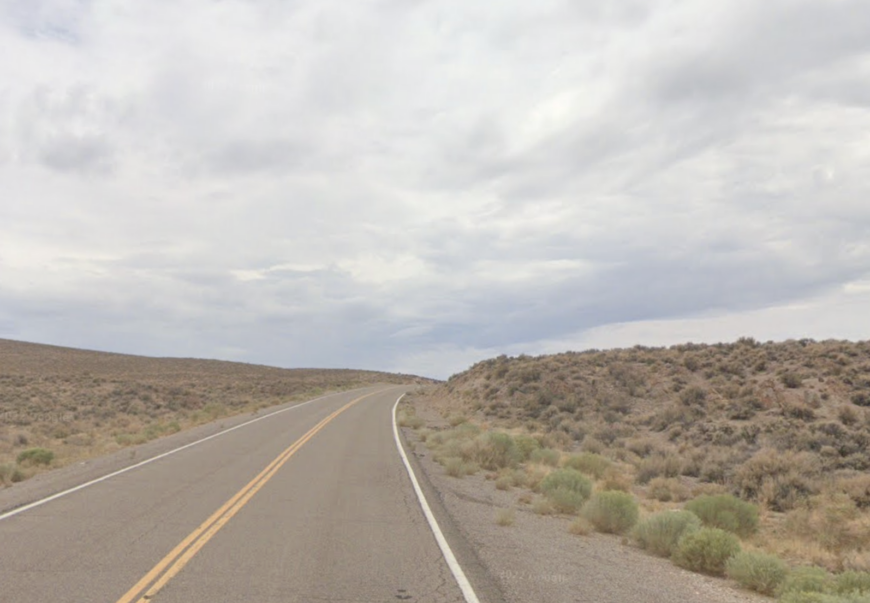
Tempiute is a former mining town that has evolved into a near-ghost town, offering a fascinating peek into Nevada’s bygone mining era. With a tiny population, sometimes counted in single digits, it’s characterized by abandoned buildings and remnants of mining infrastructure.
Visitors interested in history and exploration can wander through the old structures, imagining life during the town’s tungsten mining boom in the mid-20th century. There are no active industries today, which adds to the town’s hauntingly quiet ambiance. Tempiute’s seclusion lies in its remote desert location and the silence that envelops this almost-forgotten piece of history.
Where is Tempiute?
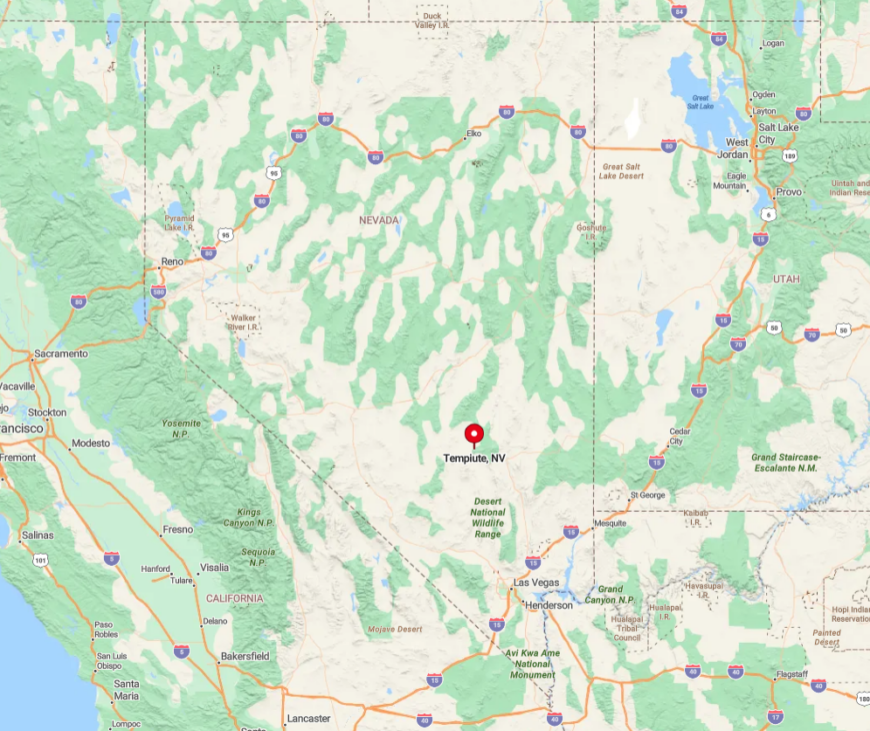
Hidden off the main routes in Pahranagat Valley, Tempiute is located northwest of Alamo and requires some navigational effort to reach. The town is accessible via unpaved roads branching off State Route 375, enhancing its secluded nature.
The lack of signage and amenities makes it a true hidden gem for adventurous travelers. The journey to Tempiute involves traversing open desert terrain, emphasizing the isolation and untouched landscape that surrounds this ghostly settlement.
5. Rachel
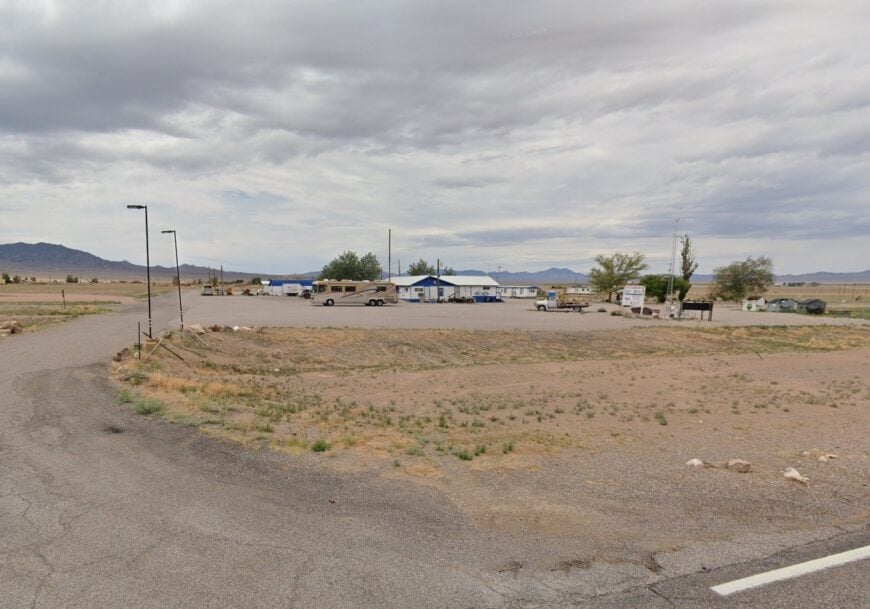
Rachel is a remote town with a population of around 50 residents, famous as the gateway to the Extraterrestrial Highway and its proximity to the enigmatic Area 51. The town caters to enthusiasts of UFO lore and those curious about the mysteries of the Nevada desert. Visitors can stop by the Little A’Le’Inn, a quirky restaurant and motel filled with alien-themed memorabilia, or attend the occasional festivals celebrating the town’s unique identity.
There are no major industries, but tourism related to the extraterrestrial theme supports the local economy. Rachel’s seclusion is evident in its sparse population and vast surrounding desert, offering an otherworldly experience under expansive skies.
Where is Rachel?
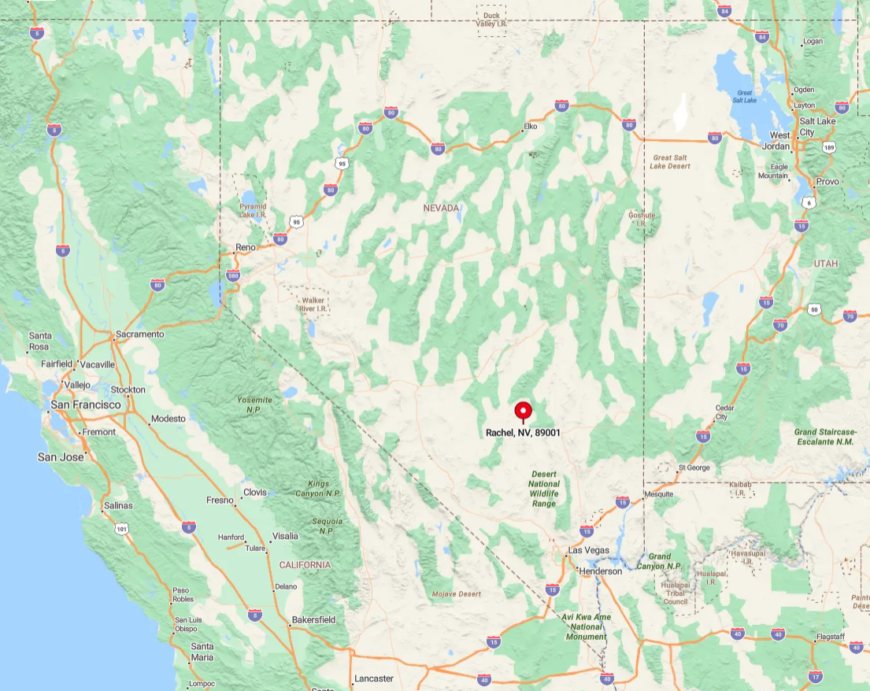
Situated along State Route 375, designated as the Extraterrestrial Highway, Rachel lies in the heart of Pahranagat Valley’s most remote area. The town’s isolation is amplified by the miles of open desert that separate it from other communities. Reaching Rachel involves a long drive through uninhabited landscapes, with the nearest gas stations and services being significant distances away. This remoteness contributes to the town’s enigmatic charm, making it a destination for those drawn to the mysterious and the secluded.
4. Crystal Springs
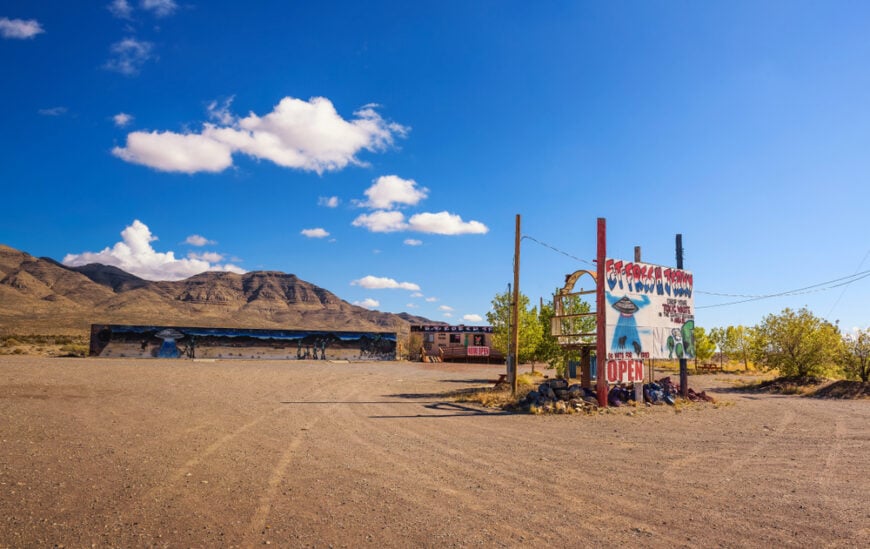
Crystal Springs is a small, tranquil community named after the natural springs that feed lush greenery in the midst of the desert. With a minimal population, it offers a serene environment where visitors can enjoy bird watching, picnicking, and exploring the verdant oasis sustained by the springs. Nearby, the Ash Springs and the Pahranagat National Wildlife Refuge offer opportunities to observe diverse wildlife and soak in hot springs.
Agriculture plays a role in the local lifestyle, supported by the abundant water sources. The seclusion of Crystal Springs comes from its off-the-beaten-path location and the contrast between its green landscapes and the surrounding arid desert.
Where is Crystal Springs?
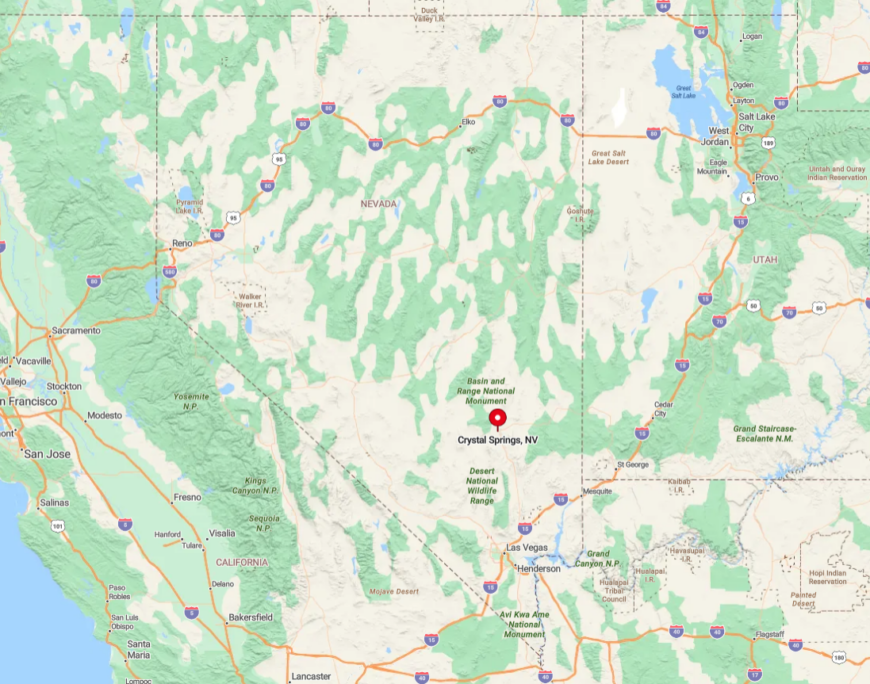
Located at the junction of U.S. Route 93 and State Route 318, Crystal Springs serves as a quiet crossroads in Pahranagat Valley. Its secluded nature is due to the limited development and the vast expanses of undeveloped land around it. Travelers can reach Crystal Springs by driving through scenic desert terrain, often without encountering other vehicles for miles. The community’s proximity to natural attractions yet distance from urban centers makes it a hidden retreat where the desert meets unexpected greenery.
3. Hiko
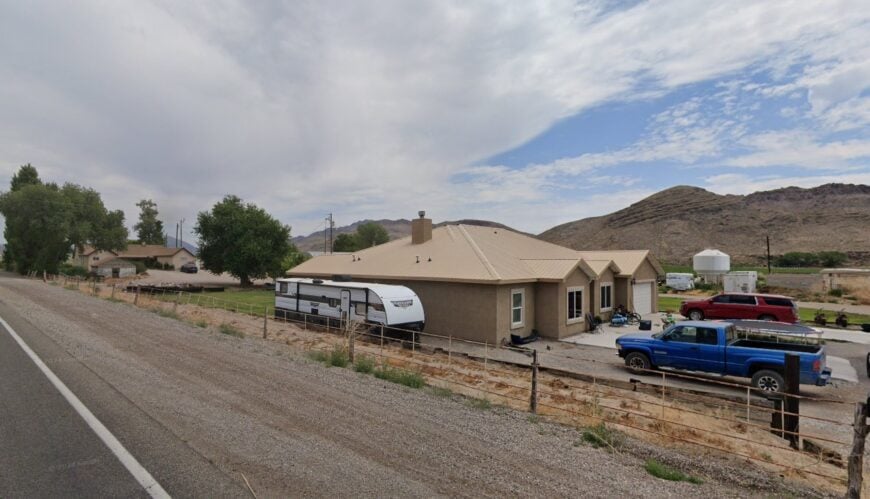
Hiko is a historic town with a small population, offering a glimpse into Nevada’s rich mining history amidst rustic desert beauty. Once the county seat during the silver mining boom in the 1860s, Hiko today is a quiet community with remnants of its storied past. Visitors can explore old mining sites, historic buildings, and enjoy the panoramic desert views.
The town has minimal industries, with ranching and small-scale agriculture contributing to the local economy. Hiko’s seclusion is defined by its sparse population and the expansive desert that envelops it, creating a peaceful atmosphere away from crowded tourist spots.
Where is Hiko?
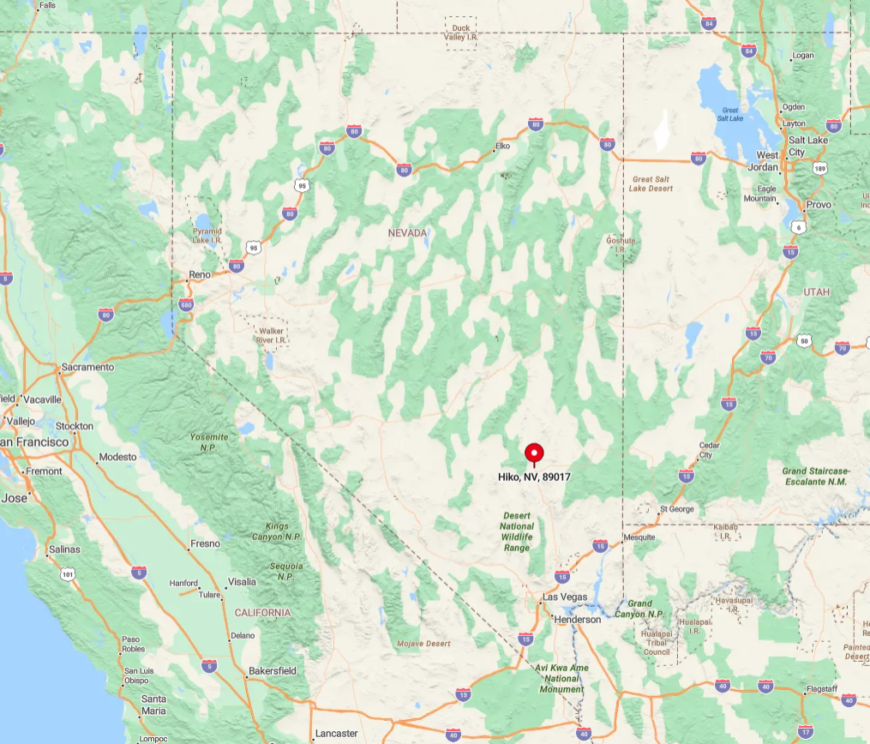
Situated along U.S. Route 93 in the central part of Pahranagat Valley, Hiko is easily overlooked due to its modest size and unobtrusive presence. The town’s secluded feel is enhanced by the surrounding open spaces and low population density. Reaching Hiko involves traveling through miles of scenic desert, with the journey offering opportunities to appreciate Nevada’s vast landscapes. The town’s location provides a sense of stepping back in time, away from the modern world’s distractions.
2. Ash Springs
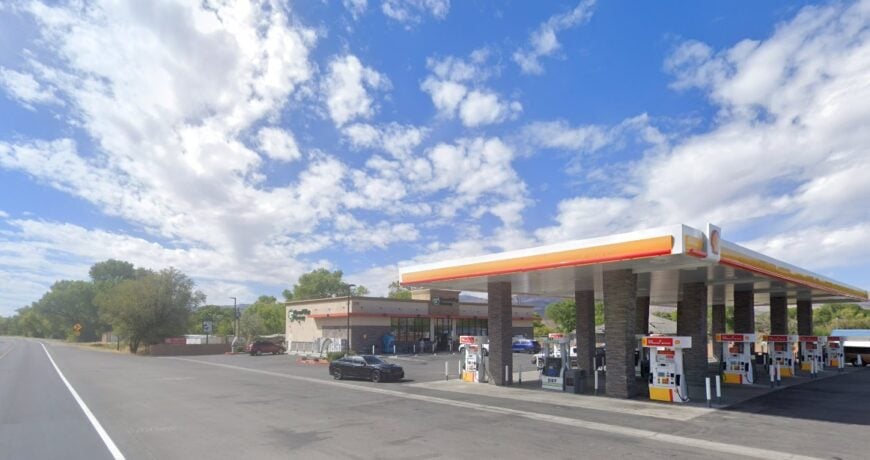
Ash Springs is a secluded oasis known for its natural hot springs and tranquil environment. With a small, close-knit community, the town offers relaxation and rejuvenation in the soothing waters that bubble up from the earth. Visitors can soak in the warm springs surrounded by desert flora, making it a perfect spot for unwinding.
The local economy is minimal, with the area primarily serving as a peaceful residential community. The seclusion of Ash Springs stems from its isolated location and the calming presence of the natural springs, making it a hidden haven in the desert.
Where is Ash Springs?
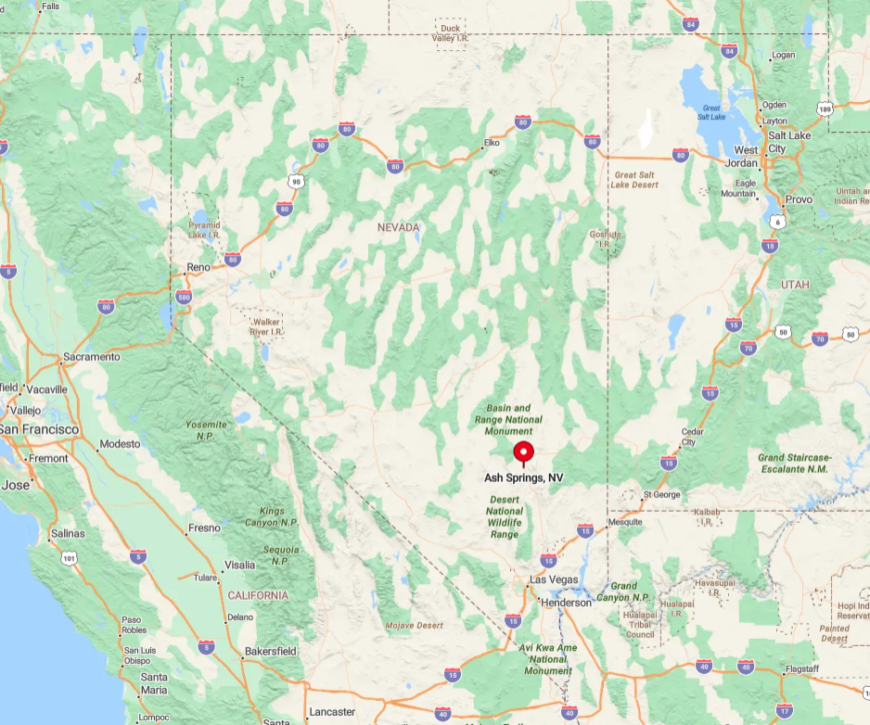
Located along U.S. Route 93, just north of Alamo, Ash Springs is nestled in the heart of Pahranagat Valley. Its secluded nature is due to the sparse population and the vast stretches of desert that isolate it from larger towns. Travelers can reach Ash Springs by driving through scenic landscapes, with the springs themselves being a welcomed respite along the journey. The town’s remoteness and natural attractions make it an ideal stop for those seeking serenity and a connection with nature.
1. Alamo
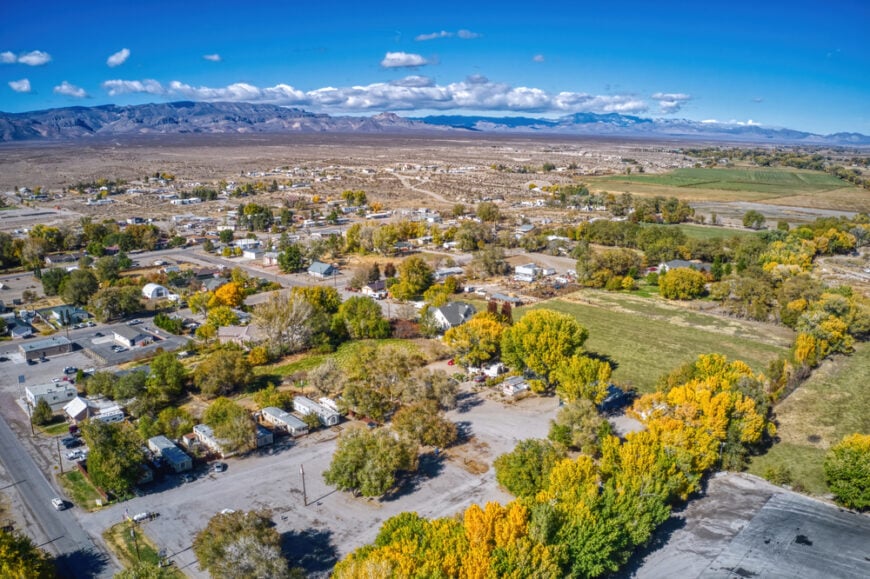
Alamo is a quiet town nestled in the heart of Pahranagat Valley, with a population of around 1,000 residents. Surrounded by picturesque desert landscapes and the Pahranagat National Wildlife Refuge, it’s a haven for outdoor enthusiasts. Activities include bird watching, fishing, hiking, and enjoying the tranquility of the desert oasis.
The town serves as a hub for the surrounding agricultural community, with farming and ranching being the main industries. Alamo’s seclusion is defined by its distance from urban centers and the vast open spaces that provide a peaceful, small-town atmosphere.
Where is Alamo?
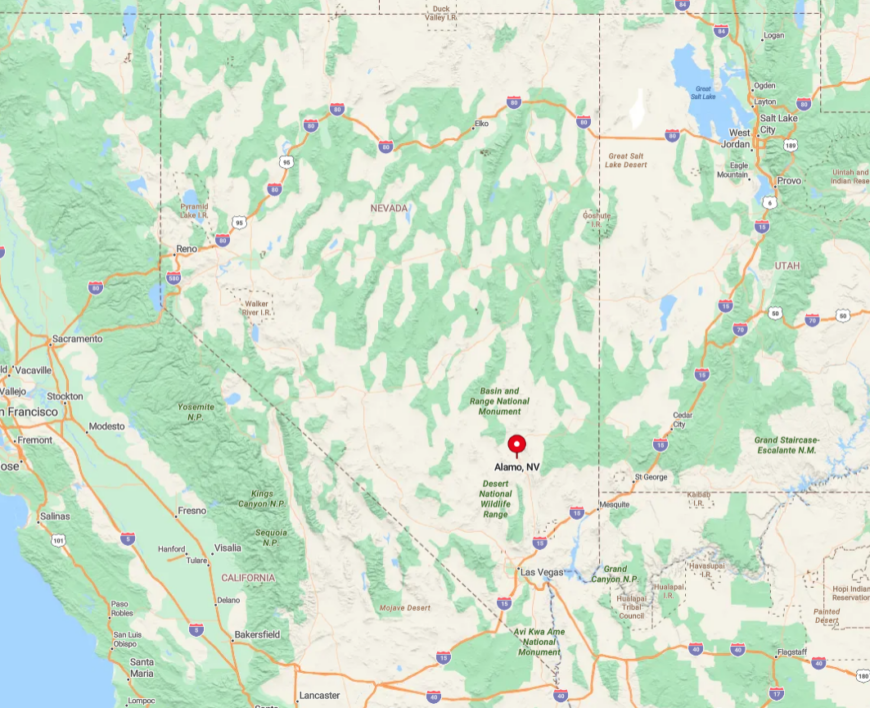
Situated along U.S. Route 93, Alamo is approximately 90 miles north of Las Vegas, making it relatively accessible yet still secluded. The town’s location in Pahranagat Valley places it amid lush wetlands and desert landscapes. To reach Alamo, travelers can enjoy a scenic drive north from Las Vegas through expansive desert vistas. The town’s seclusion is enhanced by the surrounding natural beauty and the sense of calm that comes from its rural setting, offering a retreat from the city’s hustle and bustle.






